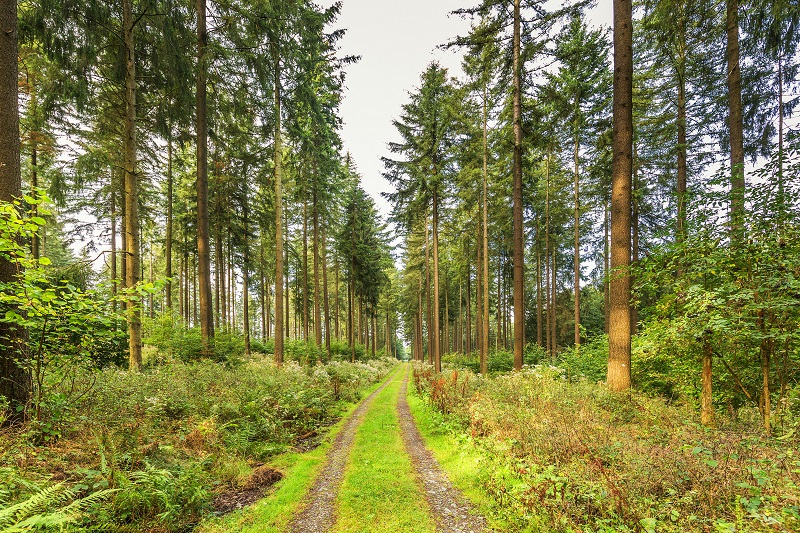Welcome Amanda Astor. Among other things, she is a Forest Policy Manager at Associated Oregon Loggers. During her career, she has worked on the ground in Michigan and more recently worked on national forestry issues while at the American Forestry Resource Council. Her hands-on experience with forest management and work on federal and local policies has given her many viewpoints on Oregon forestry.
Forestry at the Federal Level
In the last six months, there has been a lot happening at the federal level of forest management. Some recent legislation has passed along with legislation that has been decades in the making. Overall, new tools and quicker processes are being given to organizations managing federal forests.
Oregon Forestry Wildfire Bills
Locally, wildfire bills have been brought forth. There are high hopes for many productive bills to pass, especially given the recent fires. While it may not seem like much is happening right now, Amanda reminds us that there is a lot going on, and she believes there is hope and opportunity as we move forward.
Lumber Prices Are Rising
A question on the minds of many individuals is why lumber prices are so high. There are many reasons for this. Some of them are related to COVID-19 and forestry organizations needing more people to come back to work. Others are related to more people building new homes and an increase of people wanting to move out of cities. Currently, salvage operations are starting to slow down, and Amanda predicts that lumber prices will continue to rise in the near future.
Environmentalists and the Timber Industry
It is common rhetoric that environmentalists and the timber industry have opposing interests. However, from Amanda’s perspective, they have many shared interests and values. Many folks express their issues with forest management stemming from people making money off the environment. Yet, Amanda emphasizes that for forest management organizations to do their job, they must be economically viable and have work year-round.
Additionally, forest management organizations often partner with others on restoration and sustainability projects.
Science for Forestry Services
Associated Oregon Loggers rely on science to inform their work. They refer to Oregon forestry studies from the University of Washington, Pacific Northwest Research Station, and Fish and Wildlife Services.
Prescribed Fires and Thinning for Forest Management
Prescribed fires can be a very useful practice for Oregon forestry services and globally. However, a forest must be ready for fire. This means that forests need to meet certain requirements. They might need to be thinned out or have other pre-work before having a prescribed fire.
Thinning can also be effective if done correctly. Sometimes, too many trees are left on the landscape, which leads to crown closure. But if you remove enough trees, it can be very useful.
Oregon Forestry Resources for Private Forest Owners
As a private forest owner, there are requirements to replant after a clear cut. However, if you left trees, then you can do natural regeneration. The best step to figure out what your requirements are is to speak to the forester assigned to your area. You can do this by contacting the ODF office.
Growing a Douglas Fir Seedling
If grown in a greenhouse, it typically takes 6 months for a Douglas Fir seed to grow into a 20 inch tall seedling. For more information, view this article. Amanda says the best time to plant seedlings is during the rainy season, which is January through March.
For more information on local news and happenings, view our other blogs or visit our YouTube channel.

